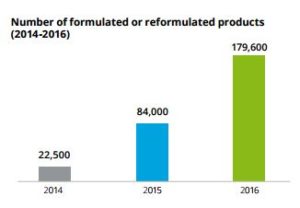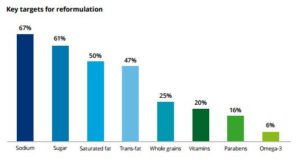Alas, farewell Dana Woldow
Bettina Siegel writes with sad news: Dana Woldow died last week.
I will miss her. Dana was my go-to person for information about school meal funding, a fierce advocate for getting more funding for school food service. If you wanted to understand school food politics, her columns at Beyond Chron were essential reading. The last one was posted September 19, 2016 with good and bad news about San Francisco’s school meals.
I often referred to her columns in this blog. Here are some examples dating back to 2008:
- Feb 20, 2008: Thanks to Dana Woldow of the San Francisco Unified School District for sending this link to resources for making school meals healthier. Check out the salad bar video (way down at the bottom of the list of links). The city now has salad bars in 25 schools.
- Aug 25, 2008: And here’s a commentary in the San Francsico Chronicle from some folks on the front line of school lunches in the San Francisco Bay area. Even a little more money would go a long way.
- Sept 5, 2009: Dana Woldow’s terrific 3-minute video detailing the situation in San Francisco’s public schools – as seen by kids in that system. As the kids put it, “We need better school food!”
- May 24, 2013: Fortunately, Dana Woldow, also a long time food advocate, has just posted an interview with Ms. Siegel on just those points.
- Nov 5, 2014: Dana Woldow, who has covered these elections closely on the website Beyond Chron, has this to say about the Berkeley win.
- Feb 17, 2015: As to what all this [the fight over school food] is about, see Dana Woldow’s explanation in Beyond Chron. As she bluntly puts the matter, “It would be comforting to think that SNA members are making those decisions based on what is most nutritious and healthy for growing kids, but unfortunately they are just as likely to be influenced by the recommendations of Big Food companies peddling processed crap.”
- March 9, 2015: Dana Woldow argues that the school food scene would be much easier if schools actually got enough money to pay for what they serve and for decent wages to school food service workers.
- July 21, 2015: Dana Woldow explains what’s really happening with schools that drop out of the meal programs ostensibly on the grounds that the new standards cost too much.
Dana: I will miss your tough, on-the-ground analysis of school food politics. You always called it as you saw it. And you saw plenty.
May others take up your cause. Now.




